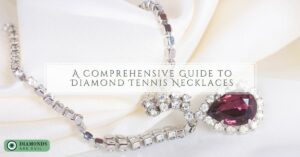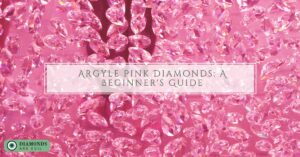The Trillion and Trilliant cuts are triangular-shaped diamond cuts. The Trillion cuts has three straight sides and a large table, while the Trilliant cut has curved sides and a smaller table. The Trilliant cut has a more complex arrangement of facets, including a larger, flat main facet on the pavilion.
In this blog post, we explore the history of these two gemstone cuts, their differences and similarities, famous trilliant cut diamonds, and the anatomy of trillion vs. trilliant cut diamonds. Read on to discover why these two diamond cuts are the perfect choice for a timeless jewelry piece!
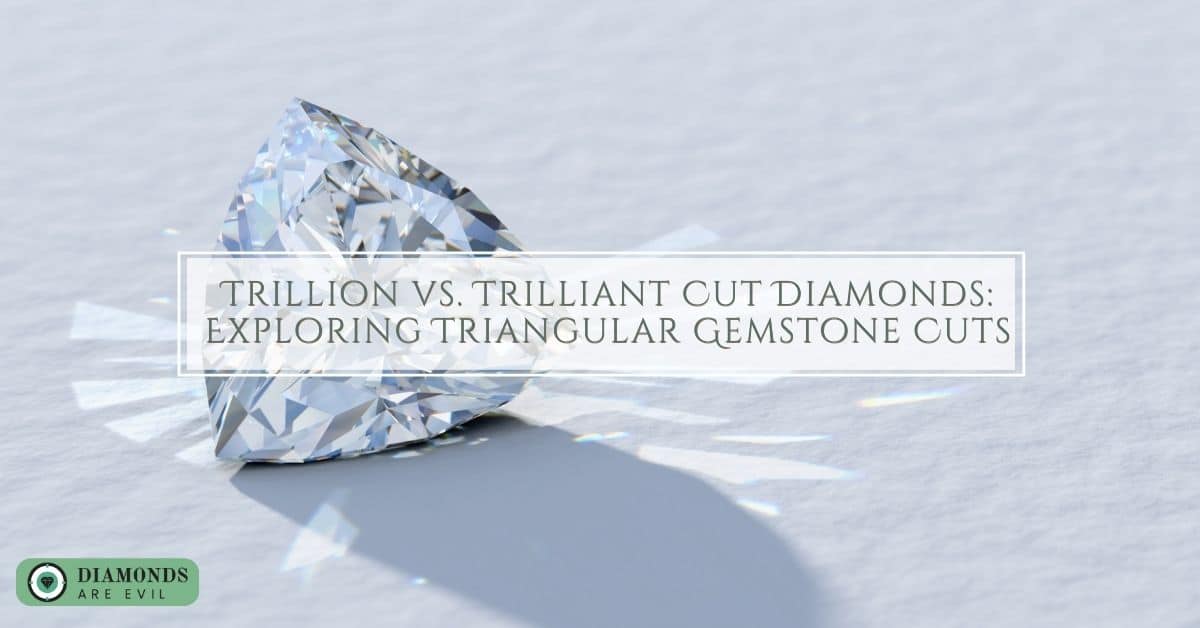
Introduction to Trillion and Trilliant Cuts: What Are They and How Do They Differ?
Trillion and trilliant cuts are two of the most popular gemstone cuts in the world. These cuts are considered unique because of the way they reflect light, giving diamonds and other precious stones a distinct sparkle and brilliance.
The main difference between the two is their shape.
Trillions have three equal sides and a pointed tip
Trilliants have curved sides and a more rounded tip.
Trillion cuts are commonly used for side stones on an engagement ring or as center stones on three-stone rings. On the other hand, trilliant cuts are used as both center stones and accent stones and are a popular choice for earrings and pendants.
Regardless of your preference, both cuts offer a stunning and elegant appearance that is sure to stand out among other gemstone designs.

History and Evolution of Triangular Cuts in Gemstones: From the French Cut to the Trilliant Cut
The triangular cut in gemstones has a rich history dating back to the early 1400s, when
the French Cut was developed featuring a triangular shape with flat facets on top and bottom and triangular facets on the sides.
In the 1960s, the Trilliant Cut was developed by the Asscher brothers in Amsterdam, featuring a triangular shape with curved sides and a pointed top, and has become popular for its brilliance and fire.
The Radiant Cut, developed in the 1970s, features a triangular shape with cut corners and a brilliant-cut facet pattern.
Today, triangular cuts are popular for their versatility and can be used in a wide range of jewelry designs. From classic solitaire engagement rings to modern, avant-garde pieces, triangular cuts have evolved to include a variety of shapes and facet patterns, each with its unique qualities and advantages.
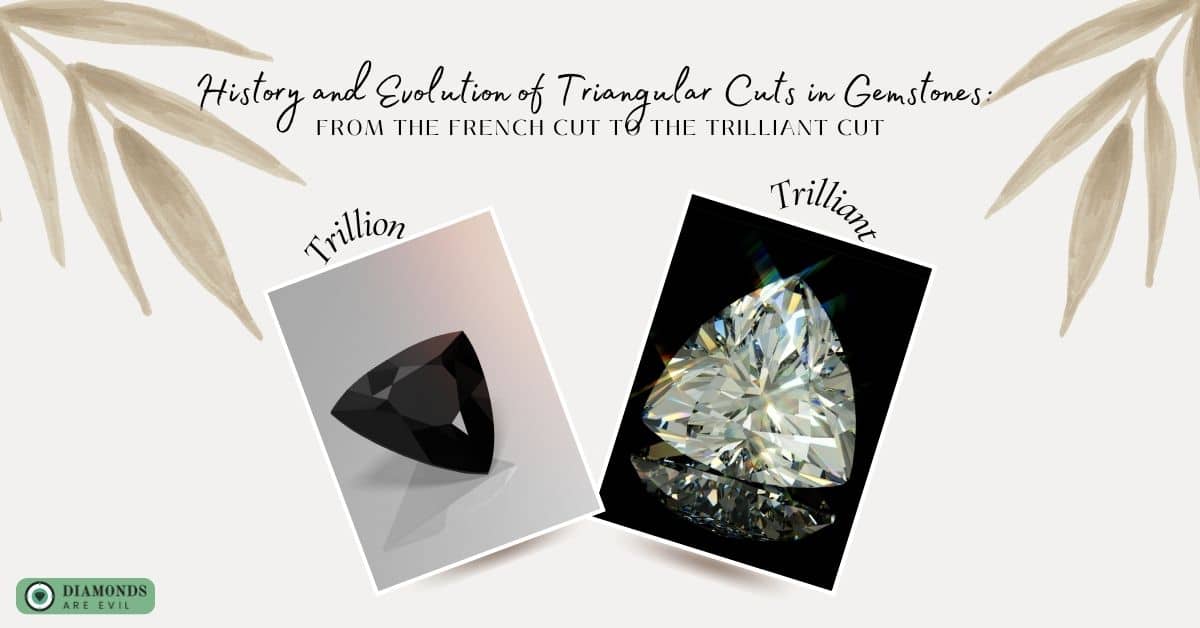
Which One Is Better? Pros and Cons of Each Cut
When it comes to deciding between trillion and trilliant cut diamonds, there are pros and cons to each.
| Factors | Trillion Cut | Trilliant Cut |
| Shape | Triangular with straight edges | Triangular with curved edges |
| Facet Count | Typically 31 or 50 facets | Typically 44 or 50 facets |
| Brilliance | Good brilliance and sparkle due to straight edges | Excellent brilliance and fire due to curved edges |
| Durability | May be less durable due to pointed corners | More durable due to curved edges |
| Cost | Less expensive than Trilliant cuts due to lower demand | More expensive than Trillion cuts due to higher demand |
| Versatility | Versatile cut that can be used for center stones or accents | Versatile cut that can be used for center stones or accents |
Overall, both Trillion and Trilliant cut diamonds are popular choices for their unique triangular shape and versatility. The Trillion cut is less expensive and has good sparkle and brilliance due to its straight edges, while the Trilliant cut is more expensive and has excellent fire and brilliance due to its curved edges.
The Trillion cut may be less durable due to its pointed corners, while the Trilliant cut is more durable due to its curved edges. Ultimately, the choice between the two cuts will depend on personal preference, budget, and the specific qualities desired in a diamond.

Famous Trillion and Trilliant Cut Diamonds: A Look at Some of the Most Iconic Triangular-Cut Gemstones
Trillion and trilliant cut diamonds have been used in some of the world’s most iconic jewelry pieces. Here is a look at some of the most famous triangular-cut diamonds:
The Taylor-Burton Diamond
This 69.42-carat diamond was originally cut into a pear shape but was later recut into a 68-carat cushion-shaped diamond with a trilliant-shaped diamond on each side. The diamond was famously owned by Elizabeth Taylor and Richard Burton.
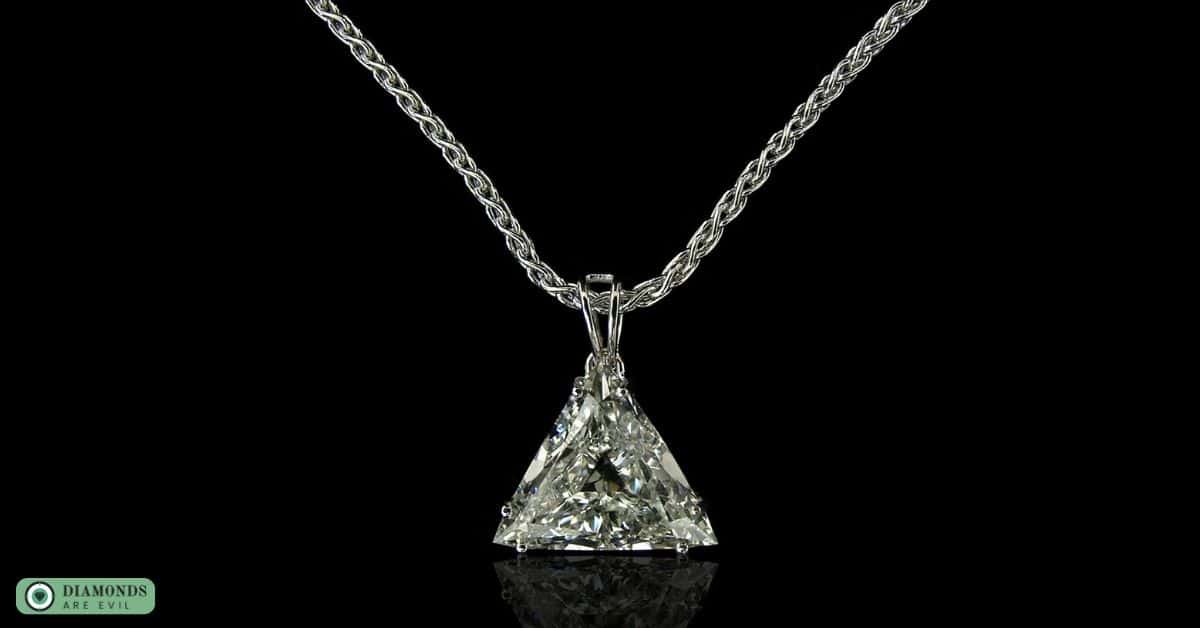
The Millennium Star Diamond
This 203.04-carat diamond is one of the largest and most perfect diamonds in the world. It is a fancy vivid blue color and is cut in a trilliant shape with 50 facets.
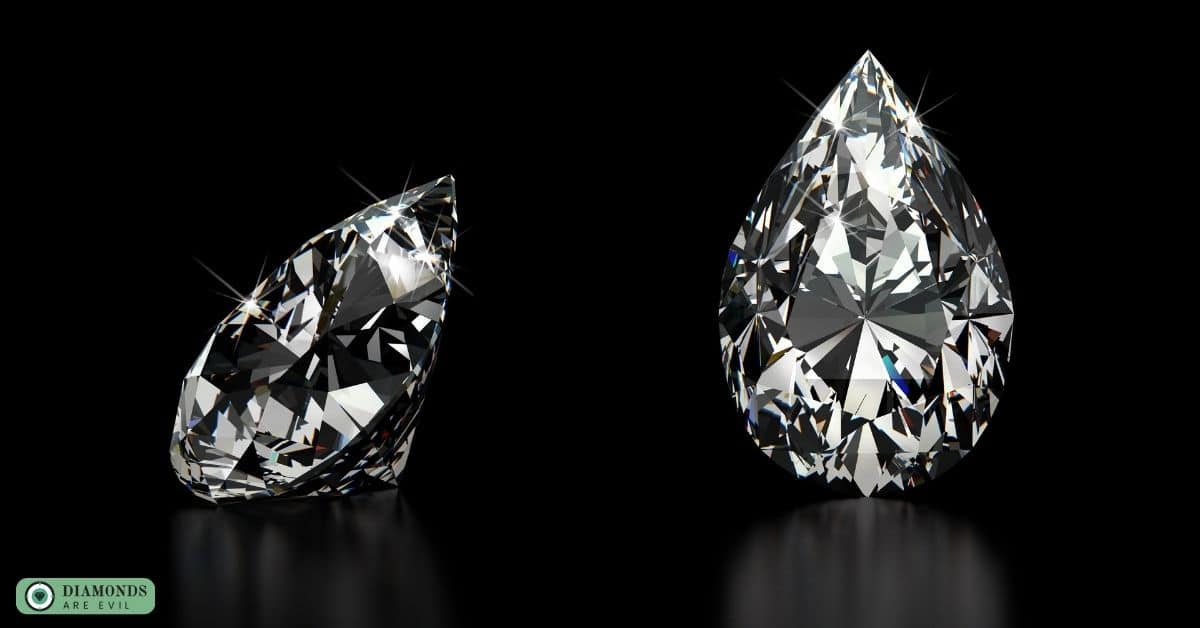
The Allnatt Diamond
This 101.29-carat diamond is a fancy vivid yellow color and is cut in a cushion shape with truncated corners and trilliant-shaped diamonds on each side. It is named after its former owner, Alfred Ernest Allnatt.
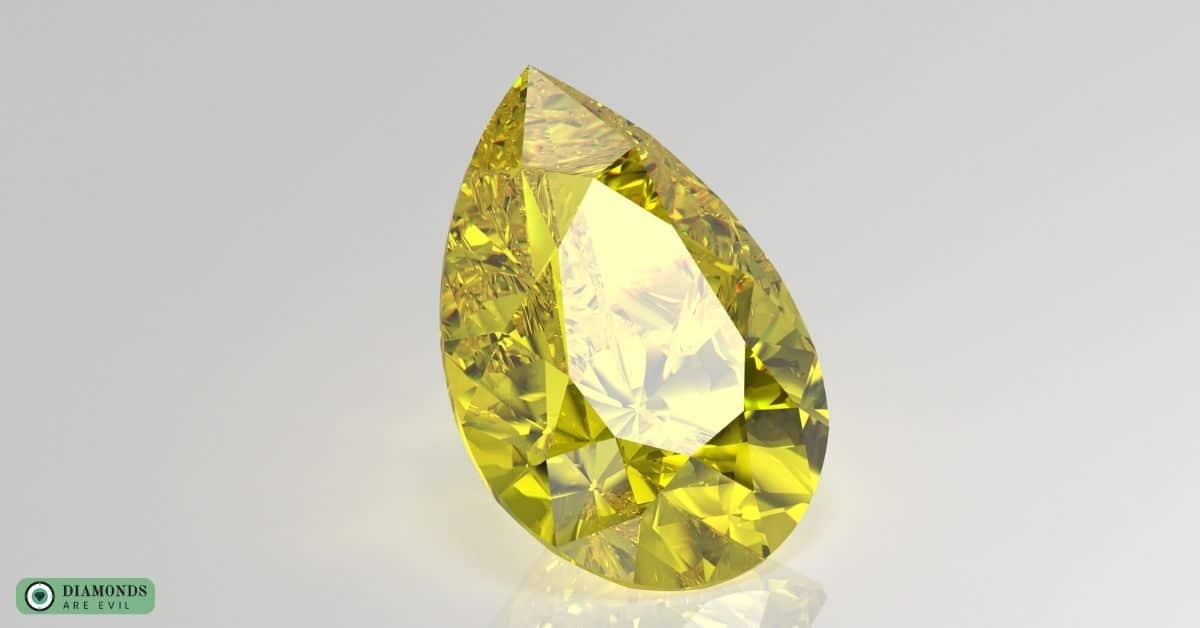
The Golden Eye Diamond
This 43.51-carat diamond is cut in a trilliant shape with 50 facets and is a fancy intense yellow color. It was famously worn by actress Sophie Marceau in the James Bond film “The World is Not Enough”.
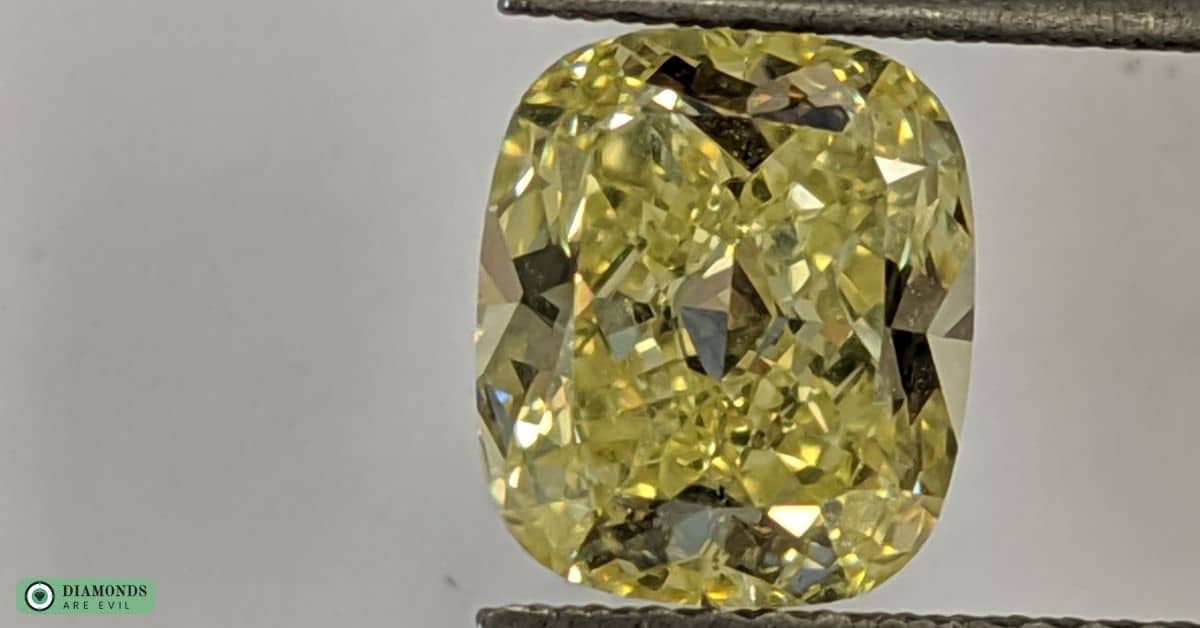
The Tereshchenko Diamond
This 42.92-carat diamond is cut in a trilliant shape with 50 facets and is a fancy blue color. It was owned by the Tereshchenko family of Ukraine before being sold to an anonymous buyer in 1984.
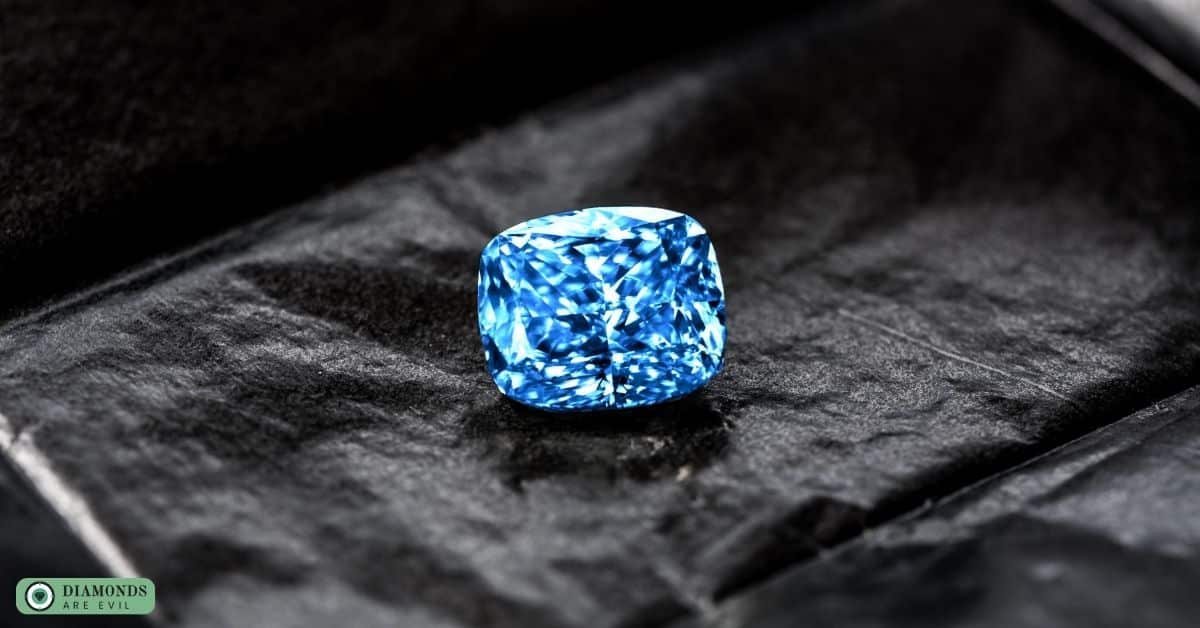
These famous diamonds showcase the unique beauty and versatility of the trillion and trilliant cuts. They have become an iconic symbol of luxury and style, and continue to inspire jewelry designers and enthusiasts alike.
The Anatomy of Trillion and Trilliant Cut Diamonds: Understanding the Facets and Proportions
The Trillion and Trilliant-Cut diamonds are triangular-shaped cuts with different numbers and arrangements of facets.
The Trillion Cut typically features 31 or 50 facets and has a large, flat table, pointed corners, and symmetrically arranged kite-shaped facets in the crown.
The Trilliant Cut has a more complex arrangement of 44 or 50 facets, with curved sides, a pointed top, and a smaller table. Its crown has three larger curved facets and several smaller ones arranged in a triangular pattern, while the pavilion has a larger, flat main facet.
To select a good triangular cut diamond, it is important to consider the stone’s proportions, symmetry and pointed corners, as well as its length-to-width ratio.

In conclusion
Trillion and Trilliant cuts are two of the most popular gemstone cuts that offer a distinct sparkle and brilliance. The main difference between the two is their shape, with trillions having three equal sides and a pointed tip, while trilliant has curved sides and a more rounded tip.
Both of these cuts have a rich history and have been used in some of the world’s most iconic jewelry pieces. When choosing between these cuts, it is important to consider factors such as cost, durability, brilliance, and versatility.
Ultimately, the choice between Trillion and Trilliant cuts comes down to personal preference and budget. No matter which one you choose, both cuts offer a stunning and elegant appearance that is sure to turn heads.




